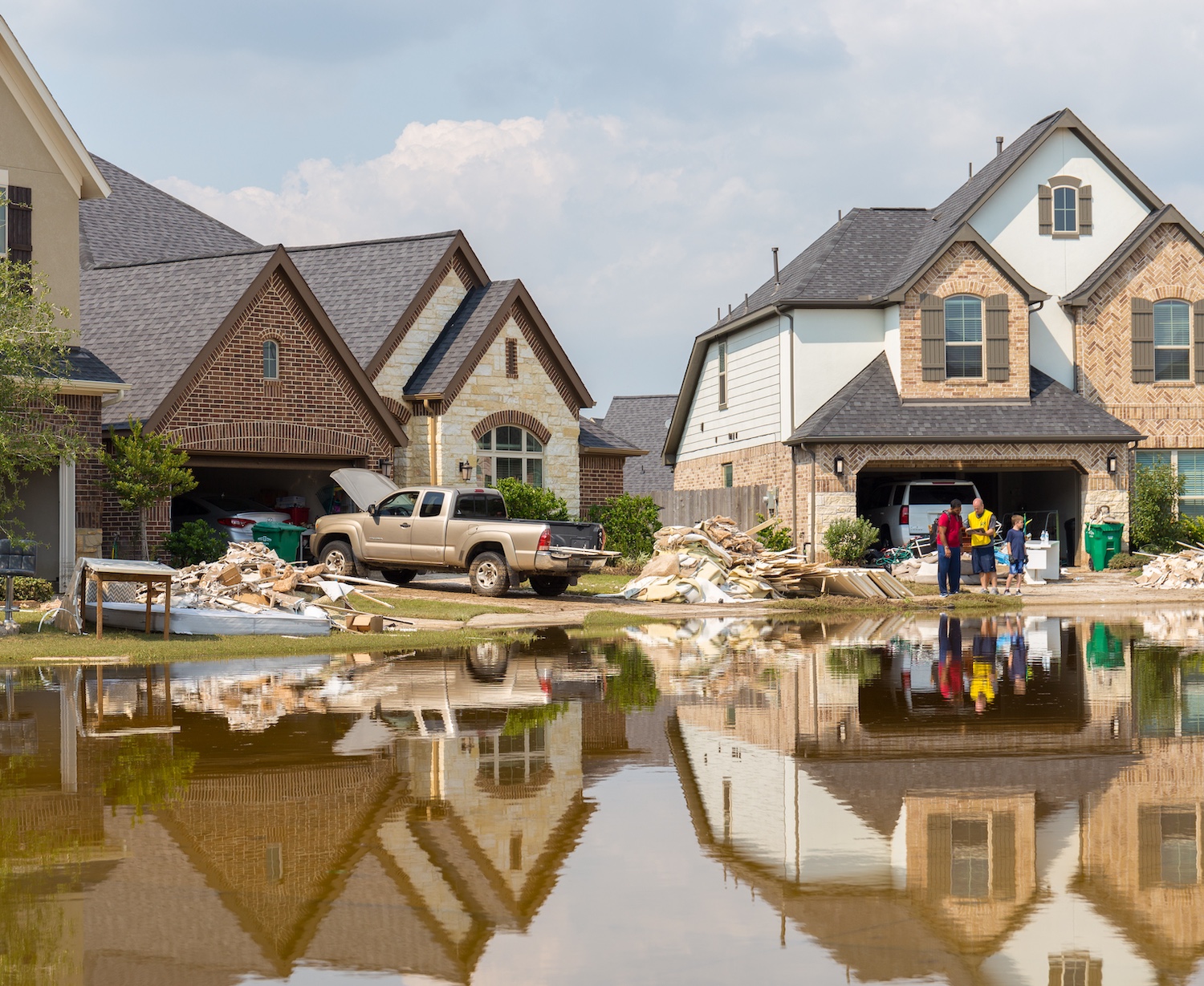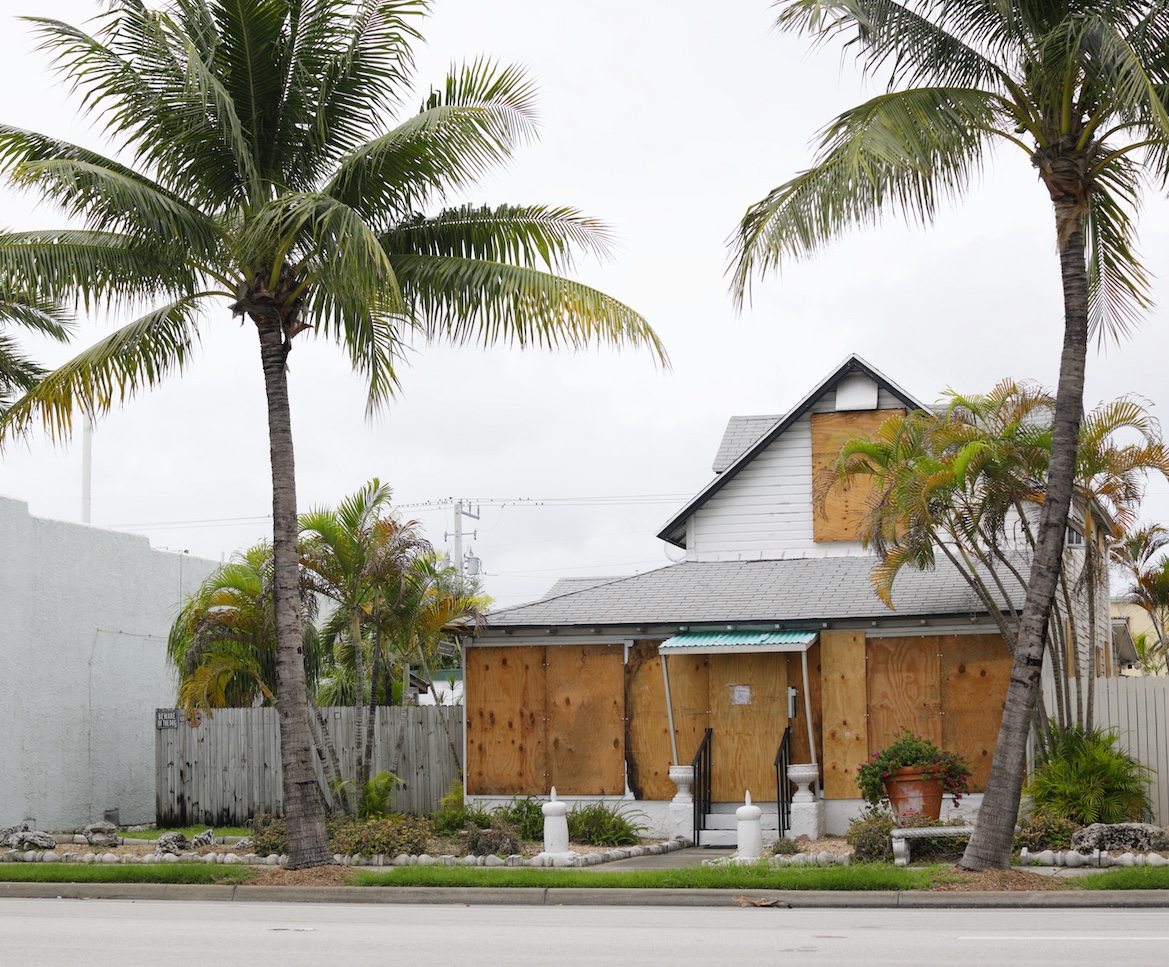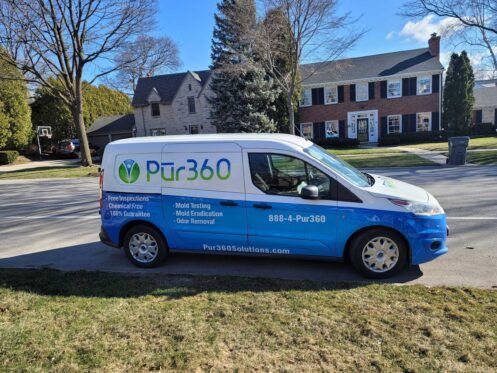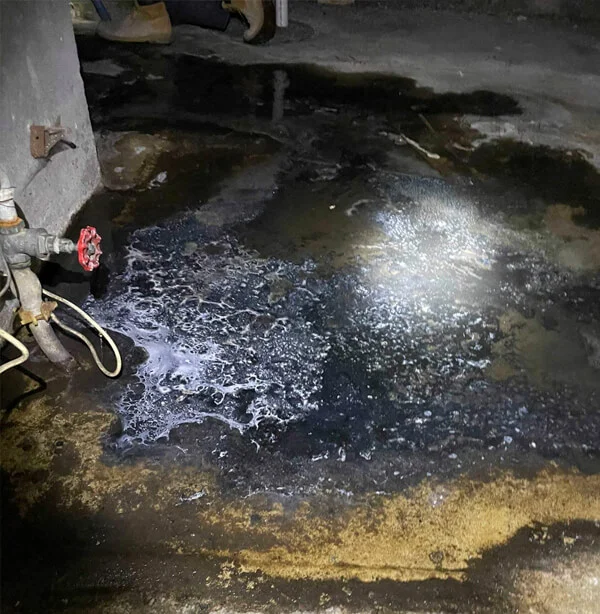With hurricane season right around the corner, it’s almost time for residents to start preparing for natural disasters again. If you live in an area that is likely to experience flooding, it’s essential to be prepared. The right preparations can be the difference between a few hundred dollars worth of repairs or having to redo your entire home. Any time weather may cause flooding, make sure to follow these steps.
Know Your Flood Zones
The first and most important thing you need to do is simply figure out how much risk you are in. Cities are divided into various zones based on how much flooding residents will face during times with a lot of rain. You can check your zone by going to your county website and looking up your address.
Once you know your flood zone, make sure to stay tuned to local announcements. Usually, the city will list evacuation orders based on your flood zone. If your zone needs to be evacuated, be sure to follow all government advisories. Protecting your home is certainly important, but your life is important too. No matter how prepared you are, it’s never wise to ignore an evacuation order for your flood zone.
Prepare an Emergency Kit
It always pays to be prepared for flooding. Try to make sure you have a small, lightweight bag that holds items for a disaster. Some important things to include in your kit include:
- A flashlight
- Batteries
- Bandages
- Essential medications
- Hand sanitizer
- Battery or hand-crank radio
- Matches
- Pocket knife
Always store this kit in an easily accessible place that you can quickly reach in an emergency. If possible, you should also make sure that you have enough fresh food and water for everyone in the house to survive for a few days.
Collect and Secure Important Documents
One of the most disastrous things to lose in a flood can be your important documents. If you manage to lose your birth certificate, passport, social security card, and driver’s license, replacing them can be a huge hassle. Unfortunately, even a small amount of moisture can cause problems for these essential documents. Make sure to collect all important paperwork, including car titles and family photos, and find a safe, dry place to store them. Many homeowners can benefit from a fireproof and waterproof safe to hold these items.
Disaster-Proof Your Plumbing and Electrical System Ahead of Time
Making any major changes to your house usually cannot be done if you’re just about to have a huge flood hit your area. However, if your home is at risk for floods, it can be smart to go ahead and make some upgrades around the house ahead of time. A popular choice in areas with a lot of flooding is elevating your electrical panels, sockets, and wiring. An electrician can mount everything at least a foot above the ground to greatly lower the chance a flood will harm it.
Another useful safety feature to have is backflow valves in your toilets, drains, and tubs. During times of intense flooding, storm drains can overflow and start pushing sewage back into homes. If you want to avoid an extremely nasty surprise, the right backflow valves or plugs make a huge difference. These can protect your home from gallons of raw sewage.
Move Valuables and Electronics to a Safe Place
If you have time, it’s a good idea to try to protect your furniture, electronics, and other valuables. The good news is that even the most disastrous flooding usually doesn’t result in more than a couple of feet of standing water. Simple things like putting your laptop on a high shelf can help to protect a lot of your belongings.
Try to consider which of your belongings will be the easiest and cheapest to replace and use them to stack up other items. For example, heirloom chairs could go on top of your basic coffee table, or your gaming consoles could get stacked on top of a TV cabinet.
Turn Off Electricity, Water, and Gas
If you are leaving your house during a time of potential flooding, you need to turn off all power sources at the main breaker box or gas line. This is important because it prevents any dangerous encounters when you return, and it also reduces the risk of fires that could harm your house while you’re gone.
Another often overlooked utility to turn off is the water. Turning your water off at the main line is important because pipes can burst during a flood. This can result in thousands of extra gallons of water being pumped into the house, so it’s worth going ahead and turning off your water.
Use Sandbags Wisely
Sandbags are an incredibly popular method of dealing with floods, but they’re only effective when used correctly. Placing them in the wrong spot can actually funnel water into your home and make things worse. You also need to follow instructions closely to correctly close the type of sandbag you’re working with. Though you can make makeshift sandbags with tarps filled with dirt, avoid using trash bags or feed sacks. If your sandbag breaks, you can just end up with piles of muddy water flowing into your house.
To place sandbags, consider how water will flow. Sandbags do not work as watertight dams, but they do help to keep water from flowing directly toward your home. When possible, place sandbags parallel to the direction of the water to gently redirect it elsewhere. It’s also helpful to place sandbags against doors, garage doors, and low windows. If you need to stack sandbags, always stagger the new layer so each new bag rests halfway on two bags underneath.
Exercise Caution During Cleanup
Every time there is a flood, a shocking number of deaths happen during the aftermath. The main danger of wading into floodwaters comes from downed power lines. However, there can also be other issues, like cuts from unseen sharp objects underwater or even injuries from fire ants, snakes, and other creatures that swim in the water. You need to exercise a lot of caution instead of rushing in to fix your home.
During a flood cleanup, it’s essential to avoid contact with potentially contaminated water. Wear proper safety equipment including boots, work gloves, and eye gear. Be cautious of falling trees, unstable homes, and other structures damaged by flood water. When working with generators, never use them indoors or in an enclosed space where carbon monoxide can build up.
When disaster strikes, Pur360 is here for you. Our mold removal, dehumidification, and drywall repair services can all help address the consequences of a flood. In addition to flood mitigation, we also provide a variety of other services throughout the area. Our team can help you with stain removal, odor control, fire cleanup, and more. Contact Pur360 today to learn more about our services.



